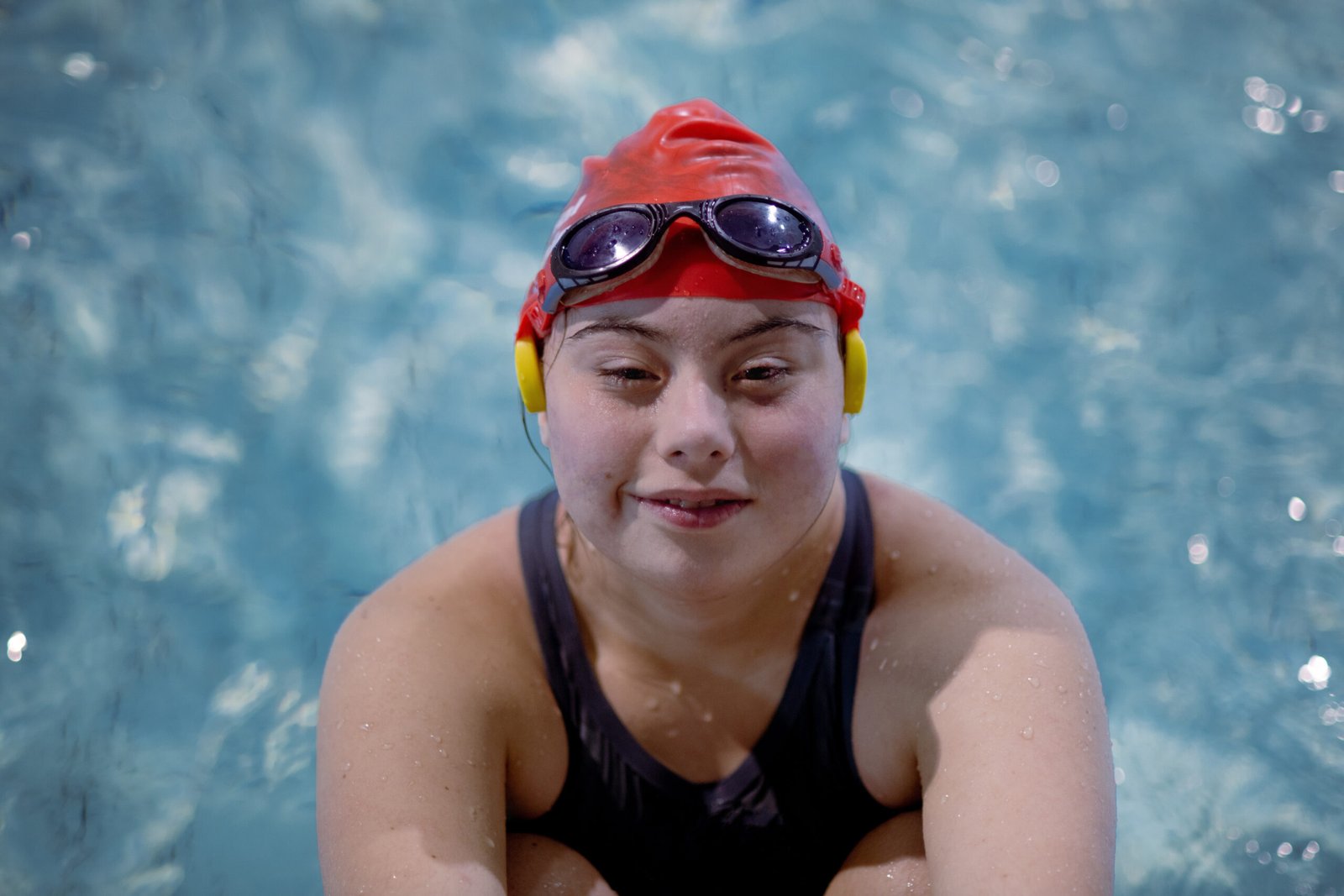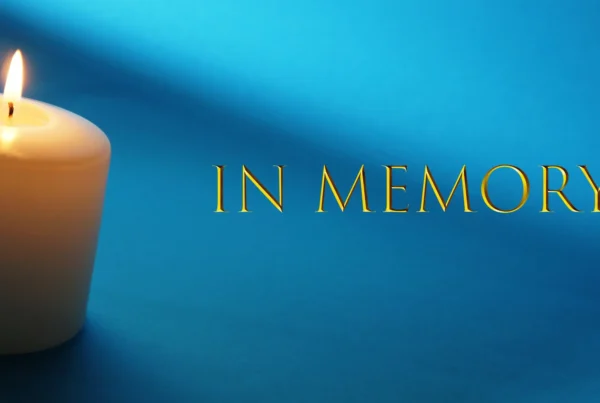New research has revealed that many people in Scotland with a wide range of disabilities are threatened with having their benefits cut if they become more active.
As a result, the latest OSS-commissioned research, investigating disability and sport in Scotland, calls on the Scottish Government to create a National Disability Sport Strategy and conduct an immediate review into the benefits system as it relates to people with disabilities eager to be healthier. Sportscotland and Scottish Disability Sport were two of several stakeholders engaged in this largest ever investigation conducted into disability and sport in Scotland, and both insist that there are key learnings to be drawn from the outcomes.
Forbes Dunlop, Chief Executive of Sportscotland, the national agency for sport in Scotland, commented: “The report is excellent with a lot of good prompts, and areas where we can go away and do some further work.
“It is always good to learn from research such as this. We can tend to think we know what people are thinking, and want or need, because we’re embedded in sport every day, so it’s good to have independent research that shines a light on sport from the outside. There is a lot of good practice highlighted in the report, but it also flags up that we could perhaps share that better across organisations who are involved in sport and others who are not but work closely with people with disabilities.”
Gavin McLeod, Chief Executive of Scottish Disability Sport, which operates 14 regional branches across Scotland, added: “It has been good to have been part of this research and great now to receive the final report. It’s hugely helpful to SDS as we seek to grow participation in all kinds of physical activity among people with disabilities in Scotland.
“In the past we have relied on research and data largely from England and while much of that may be similar to Scotland, it is good to have a Scottish research study we can rely on that has involved nearly 500 people with physical, sensory and learning disabilities in different parts of the country.
“There is much in it that we have seen reflected on the ground, and some interesting points that perhaps surprised us and we will learn from. A key learning from the report I think is the message that we have to keep developing approaches to be person-centred and look at needs of the individual, but also that it has to be a partnership approach across sectors and between sport, local authorities and leisure trusts.”
Questions remain, however, around what appears to be a reducing desire in government at national and local levels to prioritise support for people with disabilities, judging by the falling levels of funding available and access to community sport activity.
“We used to have a disability officer in every council but now they’re gone due to the financial challenges councils have faced,” McLeod added. “So, we can talk about inclusion and improving opportunity for all, but we need resource there to properly develop that and make it a reality on the ground. However, this research helps us to understand the value of that, provides routes to achieving it and adds evidence to the mix.”
The loss of benefits due to people taking part in community activity was one of several issues raised in the detailed research project conducted by the University of the West of Scotland team of researchers led by Professor Richard Davison. Supported by Professor Gayle McPherson, Dr Liz Carlin and Gemma Lumsdaine, the research was funded by the Peter Harrison Foundation and involved 450 people with disabilities across rural and urban areas, making it the biggest research project ever undertaken in Scotland into disability and sport.
Professor Davison stated: “This research project was highly successful in gaining insights from both individuals and stakeholders, and I would like to express my gratitude to my university team, the Observatory for Sport in Scotland, the Peter Harrison Foundation, the stakeholder group who contributed to shaping the project, and the more than 500 individuals and organisations who participated and shared their perspectives on disability and sport in Scotland.
“Through this project, we have obtained the most comprehensive understanding thus far of the barriers that hinder individuals with disabilities in Scotland from fully engaging in various community sports activities, as well as the challenges they face in maintaining their involvement. We hope that the government and other stakeholders will find valuable lessons from this research to help enhance participation in the future.”
Key recommendations
Create a National Disability Sport Survey
Investigate disconnect between stakeholders’ views of inclusion and those of people with disabilities
Address benefits cut experienced by disabled people trying to be active by comparing cost savings to healthcare of increased participation
Research unique challenges facing people with disabilities from an ethnic minority
Establish a Scottish registry of facilities suitable for people with disabilities
The benefits issue was one flagged up in a recent report in England, and this research revealed that it has also forced people with disabilities to stop taking part in activity in Scotland. The report said: “[A] key issue was a fear of losing benefits if participation led to improvements in physical function and consequent reassessment of benefit entitlement. Yet, respondents expressed a strong desire to improve their physical and mental health – one of the top motivators for taking part in sport and physical activity. Therefore, it would be logical for the benefit system to encourage rather than discourage participation in health-enhancing exercise. This is particularly important as the results also identified significant levels of sedentary behaviour, which negatively impacts general health.”
The study was also the first to use the International Classification of Functioning, Disability and Health (ICF) system to evaluate function regarding sport and physical activity in Scotland, which enabled a level of detail not currently available in Scottish national surveys and data. It is hoped that this will help the findings to aid policymakers and stakeholders in the development and assessment of new interventions aimed at increasing participation rates for individuals with disabilities.
Among other findings, were that “impact and legacy of the Commonwealth Games in 2014 … dissipated the further people lived from the central belt. Classifications were also seen as fraught with difficulties, with their changing nature, the travel required to get to a classification event, and the re-classification of athletes causing significant distress, added cost and further exclusion from participation. This was a highly emotive issue that those in the study felt now required a policy-level response in Scotland. Indicating the depth of feeling, it was revealed that one athlete had considered a life-altering decision in order to remain in a classification, i.e. having a lower limb removed.”
The research also suggested a lack of qualified coaches in Scotland, and a disconnect between what Scottish sport bodies, councils and leisure trusts perceive to be good inclusion training and what people with disabilities believe is actually provided. This has already led to more detailed discussion among stakeholders questioning whether it points to a lack of coaches with disabilities, or a failure of coaches or inclusion training to fully understand the needs of people with disabilities wishing to be more active.
Understanding disability in sport Aug 23 spreads





Thought Piece from Charlie Raeburn for Reform Scotland